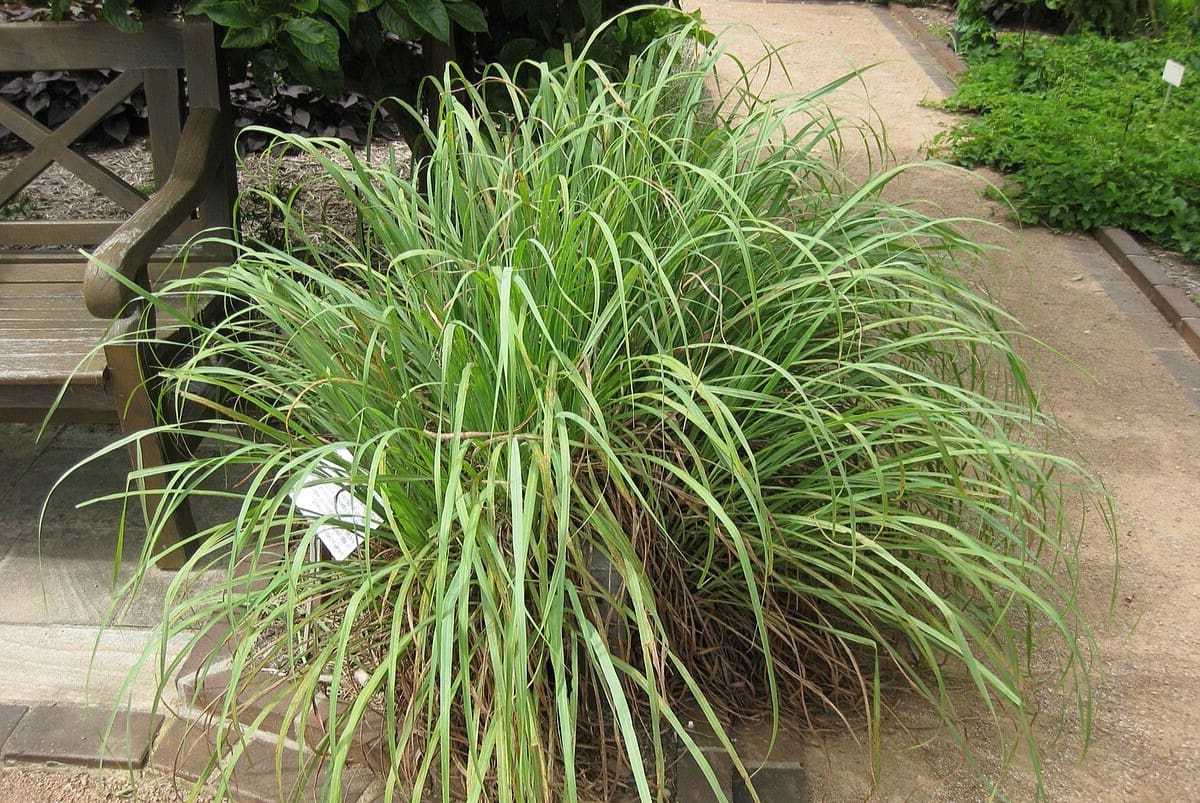
What is Cymbopogon? Cymbopogon, commonly known as lemongrass, is a tropical plant with a fresh, lemony aroma and flavor. It's widely used in cooking, especially in Asian cuisine, and also has medicinal properties. This tall, green grass thrives in warm climates and can be grown in gardens or pots. Beyond the kitchen, lemongrass is a key ingredient in essential oils and herbal teas. Its natural oils repel insects, making it a popular choice for natural bug repellents. Whether you're a gardener, chef, or someone interested in natural remedies, learning about Cymbopogon can be both fun and useful.
Key Takeaways:
- Lemongrass, also known as Cymbopogon, is a versatile plant used in cooking, medicine, and cosmetics. It adds a unique citrusy flavor to dishes and offers health benefits like fighting infections and aiding digestion.
- Growing lemongrass is easy and requires minimal care. It thrives in warm climates, prefers well-drained soil and plenty of sunlight, and can be harvested by cutting the stalks close to the ground.
What is Cymbopogon?
Cymbopogon, commonly known as lemongrass, is a genus of Asian, African, Australian, and tropical island plants in the grass family. Known for its citrus flavor and aroma, it is widely used in cooking, medicine, and even in the cosmetic industry.
- Cymbopogon is a genus that includes about 55 species of grasses.
- These grasses are native to warm temperate and tropical regions of the Old World and Oceania.
- The name "Cymbopogon" comes from the Greek words "kymbe" (boat) and "pogon" (beard), referring to the flower spike arrangement.
Culinary Uses of Cymbopogon
Lemongrass is a staple in many Asian cuisines, adding a unique citrusy flavor to dishes. It is used in soups, teas, curries, and more.
- Lemongrass is a key ingredient in Thai, Vietnamese, and Indonesian cooking.
- It is often used to flavor soups like Tom Yum and curries.
- Fresh lemongrass can be steeped to make a refreshing herbal tea.
- The stalks are usually crushed or chopped to release their essential oils.
Health Benefits of Cymbopogon
Lemongrass is not just a culinary delight; it also offers numerous health benefits. It has been used in traditional medicine for centuries.
- Lemongrass has antimicrobial properties that can help fight infections.
- It is rich in antioxidants, which help combat free radicals in the body.
- Lemongrass tea is known to aid digestion and relieve bloating.
- It has anti-inflammatory properties that can help reduce pain and swelling.
- Lemongrass oil is often used in aromatherapy to relieve stress and anxiety.
Cymbopogon in Cosmetics
The essential oils extracted from lemongrass are widely used in the cosmetic industry. They are valued for their refreshing scent and skin benefits.
- Lemongrass oil is a common ingredient in soaps, shampoos, and lotions.
- It has astringent properties that help tighten pores and reduce oiliness.
- The oil is also used in perfumes and deodorants for its fresh, citrusy aroma.
- Lemongrass oil can help improve skin texture and tone.
Growing Cymbopogon
Growing lemongrass is relatively easy, making it a popular choice for home gardeners. It thrives in warm climates and requires minimal care.
- Lemongrass prefers well-drained soil and plenty of sunlight.
- It can be grown from seeds or cuttings.
- Regular watering is essential, but the soil should not be waterlogged.
- Lemongrass can be harvested by cutting the stalks close to the ground.
Cymbopogon, with its myriad uses and benefits, is truly a versatile plant worth knowing about.
Cymbopogon: A Grass of Many Talents
Cymbopogon, often known as lemongrass, isn't just a kitchen staple. This versatile plant offers a range of benefits. From its aromatic oils used in perfumes and insect repellents to its medicinal properties that help with digestion and stress relief, lemongrass proves its worth. It's also a favorite in culinary dishes across various cultures, adding a unique citrus flavor. Gardeners love it for its ability to repel pests naturally. Plus, it's easy to grow, making it accessible for many. Whether you're a chef, a gardener, or someone interested in natural remedies, Cymbopogon has something to offer. So next time you come across this humble grass, remember its many uses and benefits. It's more than just a plant; it's a multi-purpose marvel.
Frequently Asked Questions
Was this page helpful?
Our commitment to delivering trustworthy and engaging content is at the heart of what we do. Each fact on our site is contributed by real users like you, bringing a wealth of diverse insights and information. To ensure the highest standards of accuracy and reliability, our dedicated editors meticulously review each submission. This process guarantees that the facts we share are not only fascinating but also credible. Trust in our commitment to quality and authenticity as you explore and learn with us.


